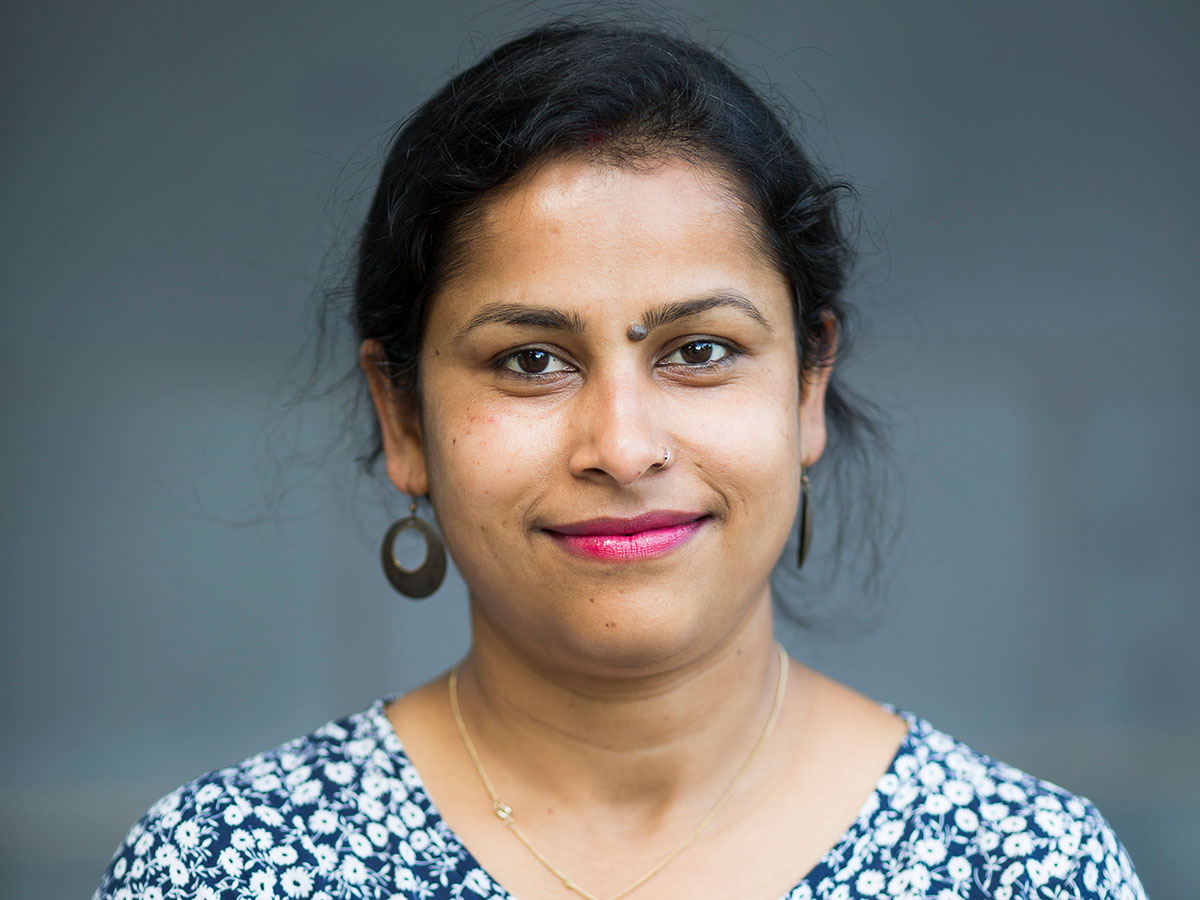This website uses cookies so that we can provide you with the best user experience possible. Cookie information is stored in your browser and performs functions such as recognising you when you return to our website and helping our team to understand which sections of the website you find most interesting and useful.
News
Accelerating glaucoma research
A new project at CERA is aiming to grow the cells that are lost in glaucoma in the lab, potentially creating new ways to study the disease.
One of the major challenges associated with glaucoma research is studying the cells that are damaged by the disease. Because glaucoma kills cells that are located right at the back of the eye, examining exactly how damage occurs, as well as testing the effectiveness of potential treatments, is not a simple task.
New research underway at CERA is working to grow the cells that are damaged in glaucoma in the lab where they can be more easily studied. If the work is successful it would open the door to many new ways to study the condition and potentially lead to a treatment that could restore a patient’s sight.

Retinal ganglion cells
“Retinal ganglion cells are the particular cells that are lost or damaged in glaucoma patients,” says Dr Sushma Anand, research fellow at CERA. These cells, located at the back of the eye, transmit electrical signals from the eye to the brain.
The exact causes of glaucoma are not fully understood, but the condition is often associated with increased pressure within the eye. There are already several treatments for glaucoma that reduce pressure in the eye in order to slow vision loss, but none that revive retinal ganglion cells and restore sight that has already been lost.
Studying retinal ganglion cells is crucial to improving our understanding of glaucoma and developing new treatments, but right now that is very difficult to do.
“If you want to study how retinal ganglion cells become dysfunctional, or how glaucoma patients lose their retinal ganglion cells, you need a sample of them to study,” says Dr Anand.
However, taking a sample of retinal ganglion cells from a patient would be a very invasive procedure, making the condition impossible to study in the lab.
Direct reprogramming
Dr Anand’s new project, which is funded by a grant from The CASS Foundation, is aiming to develop a way to grow retinal ganglion cells in the lab.
She is using a technique called ‘direct reprogramming’ which uses the expression levels of specific genes to transform cells from one type into another.
For this project Dr Anand is taking skin cells, an easily sampled type of cell most found as a connective tissue throughout the body, into retinal ganglion cells.
“We will introduce various neuronal genes to educate human skin cells to transform into neurons,” says Anand.
The process is similar to how stem cells can be used to grow into another type of cell, but is much faster.
“Stem cells have to go through all the developmental stages when they grow, so it takes a long time for a stem cell to convert into another cell. One experiment can take more than two months,” says Dr Anand.
“Direct reprogramming takes between 15 and 21 days, so the time it takes to see if your experiment has worked is significantly reduced.”
The process also has far fewer ethical challenges to using stem cells.
If the process of direct reprogramming of skin cells into retinal ganglion cells can be standardised, it would provide a ready supply of cells for testing. With a greater supply of retinal ganglion cells, more work can be done testing medications to see if any have the potential to restore sight.
“The ultimate goal of our project is to restore vision to patients,” says Dr Anand. “This is the first step towards that goal in the long term.”
Dr Anand has wide experience working across different fields of research. Her doctorate was in cancer research, and her first piece of post-doctorate research was in structural immunology.
She says that this wide experience has informed how she undertakes research.
“A variety of experiences gives new perspectives.”
Visit our 2022 Glaucoma Appeal page to make a donation and share our vision to beat glaucoma.

